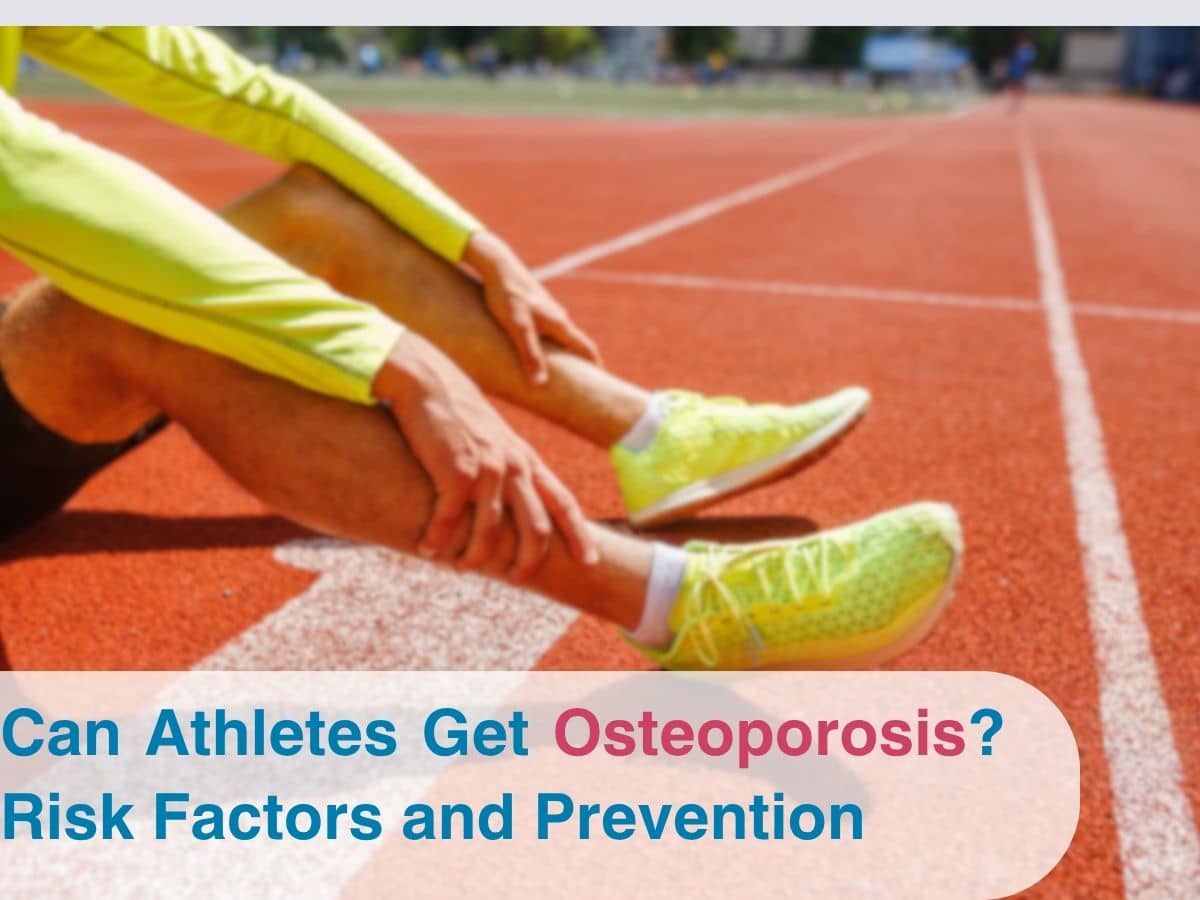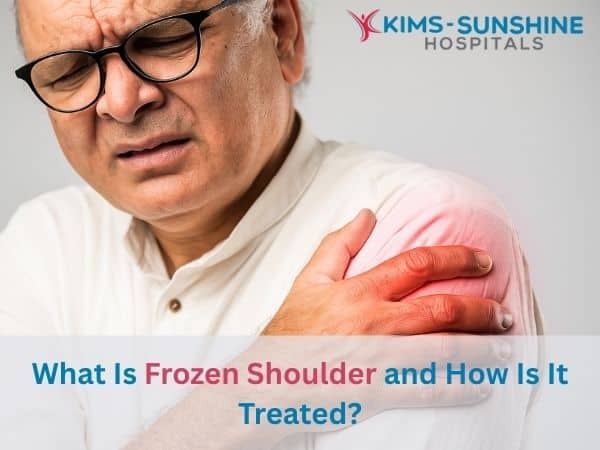
Can Athletes Get Osteoporosis? Risk Factors and Prevention

Osteoporosis is often associated with aging and a sedentary lifestyle, but can athletes develop this condition too? Surprisingly, the answer is yes. Despite being physically active, athletes—especially those in certain sports—may be at risk for osteoporosis due to various factors such as excessive training, nutritional deficiencies, and hormonal imbalances. Understanding these risk factors and taking preventive measures can help athletes maintain strong and healthy bones throughout their careers and beyond.
Can Athletes Develop Osteoporosis?
Osteoporosis is a condition where bones become weak and brittle, increasing the risk of fractures. While weight-bearing exercise is generally beneficial for bone health, excessive training, inadequate nutrition, and hormonal imbalances can lead to decreased bone density in athletes. This condition is often referred to as athlete osteoporosis or stress-induced bone loss.
While it is more common in female athletes, male athletes can also be affected, especially in endurance sports. Recognizing the risk factors early can help prevent long-term bone health issues.
Risk Factors for Osteoporosis in Athletes
1. Overtraining and High-Impact Sports
Intense physical activity, particularly in endurance sports like long-distance running, gymnastics, and cycling, can lead to excessive stress on bones. If not managed properly, this stress can weaken bone density over time.
2. Nutritional Deficiencies
Athletes require higher amounts of calcium and vitamin D to maintain bone strength. A diet lacking these essential nutrients can contribute to bone loss. Low energy availability due to restrictive eating habits further increases the risk.
3. Hormonal Imbalances
- Female Athletes: Women with irregular or absent menstrual cycles (amenorrhea) due to excessive training or low body fat may experience reduced estrogen levels, which weakens bones. This condition is part of the Female Athlete Triad—a combination of disordered eating, menstrual dysfunction, and low bone density.
- Male Athletes: Low testosterone levels from extreme training or inadequate nutrition can also contribute to bone loss.
4. Low Body Weight and Lean Build
Athletes in sports that emphasize a low body weight, such as ballet, figure skating, and long-distance running, may be more prone to osteoporosis due to inadequate bone mass.
5. Use of Certain Medications
Prolonged use of corticosteroids, sometimes prescribed for inflammation or injuries, can accelerate bone loss in athletes.
6. Genetic Predisposition
A family history of osteoporosis can increase an athlete’s likelihood of developing the condition, even if they maintain an active lifestyle.
Prevention Strategies for Athletes
While athletes are at risk for osteoporosis, there are several ways to maintain strong and healthy bones:
1. Maintain a Balanced Diet
- Consume calcium-rich foods like dairy products, leafy greens, and fortified foods.
- Ensure adequate vitamin D intake through sunlight exposure or supplements.
- Eat enough protein to support bone health.
2. Strength Training and Resistance Exercises
Incorporating weightlifting and resistance training into workouts helps maintain and improve bone density.
3. Avoid Overtraining
Allowing the body adequate rest and recovery time is essential for bone health. Overtraining without sufficient recovery can lead to stress fractures and weakened bones.
4. Monitor Hormonal Health
Female athletes should track their menstrual cycles, and both male and female athletes should have regular medical check-ups to monitor hormone levels.
5. Stay Hydrated and Avoid Excessive Caffeine or Alcohol
Dehydration and excessive consumption of caffeine or alcohol can negatively impact bone health over time.
6. Get Regular Bone Density Tests
Athletes at risk should undergo bone mineral density (BMD) testing to detect early signs of bone loss and take preventive action.
7. Consult an Orthopedic or Sports Medicine Specialist
If there are signs of bone weakness or frequent stress fractures, an orthopedic expert can help with personalized treatment and prevention plans.
Osteoporosis is not just a condition of aging—it can affect athletes if the right precautions aren’t taken. Overtraining, poor nutrition, and hormonal imbalances are key risk factors that athletes should monitor closely. Fortunately, with proper diet, strength training, and medical supervision, athletes can maintain strong bones and continue performing at their best.
If you’re an athlete experiencing frequent stress fractures or joint pain, consider consulting an Best Sports Medicine Doctor in Hyderabad like Dr. Kushal Hippalgaonkar to develop a bone-strengthening strategy tailored to your needs. Remember, strong bones build stronger performances!
Frequently Asked Questions
Why would an athlete develop osteoporosis despite being active?
What sports have a higher risk of osteoporosis?
Can osteoporosis be reversed in athletes?
How much calcium and vitamin D should an athlete consume?
Does weight training help prevent osteoporosis in athletes?
Are female athletes more prone to osteoporosis than male athletes?
What advice do you give to athletes concerned about osteoporosis?
Can young athletes develop osteoporosis, or is it only a concern for older adults?

Dr. Madhavi Verpula
MBBS, MD (General Medicine),DM (Endocrinology)
Consultant Endocrinologist






